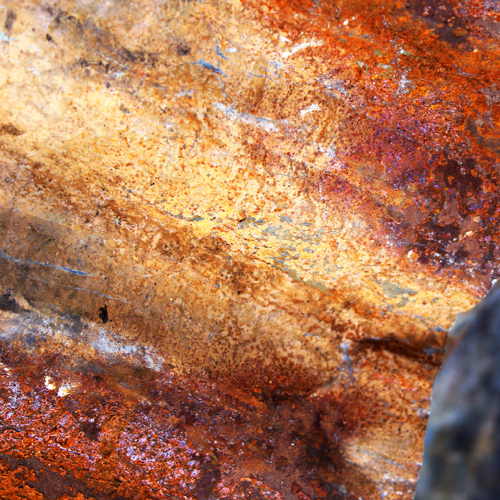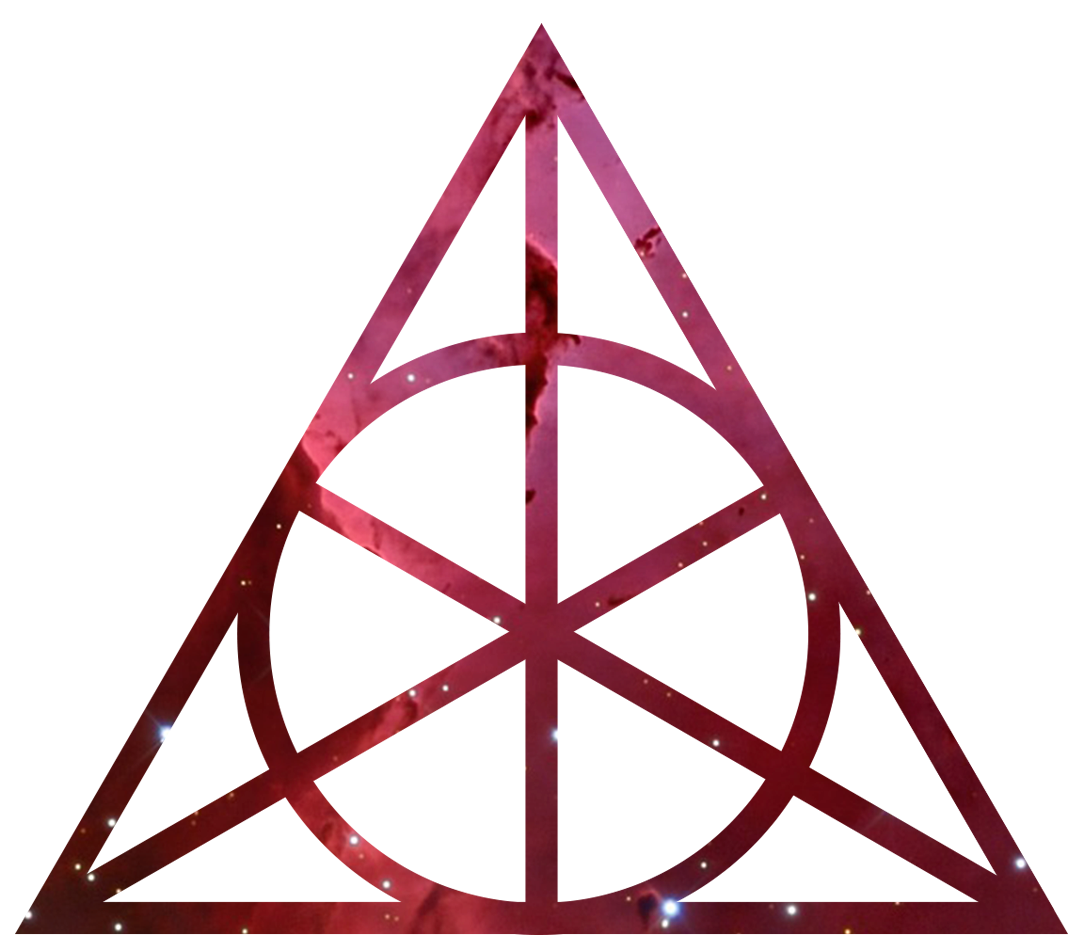Katas in BJJ

As a traveler I visit many different gyms and get to know a lot of different styles of teaching and philosophies around martial arts.
When I trained at Heliosproject I met Carsten who studied a lot of Chinese martial arts that mainly focus on the concepts of movement.
He said something interesting one day: Most traditional martial arts mainly practice katas, the forms of movement, but they do not do any sparring. BJJ has the opposite problem.
I never thought about that before and it made me think.
“Kata” is japanese and means “form”, it usually describes a pattern of movements. Katas are mainly used in japanese martial arts like karate, judo, aikido and kendo. They are also found in other art forms like dancing and theatre.
You can think about BJJ as a way to move on the ground as efficiently as possible. Katas for BJJ can be any series of movements that consists out of ‘ground specific movements’. A few examples for those type of movements are: shrimping, rolling forwards and backwards, rolling sideways, transition from turtle to sitting guard, etc.
There are a lot less ways to move efficiently on the ground than there are on your feet. When speaking about efficiency I mean the process of energy transformation. There are less ways to transform potential energy in kinetic energy and vise versa in an efficient way. On top of that there are many situations where our movement has to carry the mass of our opponent. So in theory your jiu jitsu is better (more efficient) the less you move. In the context of creating katas that is good news: there are not so many movements we can consider.
From my own experience I have seen many people struggling with moving on the ground, especially hen they begin with BJJ. Many people even still have difficulties when they have a colored belt. I think teaching katas to beginners would speed up their learning curve a lot and prevent injuries.
After thinking about it a lot I am actually convinced that learning technique does not make a lot of sense before learning how to move. Over the years I have seen so many people starting with BJJ and the biggest challenge always was generally not understanding how to move. Coming from a place where moving in flow is basically unknown it is very difficult to learn how to properly move on the ground because ground movement is not intuitive.
Even looking at athletes or people who generally work out once or twice a week one can see that in the end the general understanding and ability to create a flow of movement builds the foundation for the development of their jiu jitsu.
Those who practiced any sports that teaches you how to flow in your movement can pick up most of the jiu jitsu techniques almost instantly. Sports like gymnastics, break dancing or dancing in general. If we think about what do those sports have in common it is they all have basic movements and they put them together into a flow of movement. Well, that is a kata.
In the end of the day it doesn’t matter if we call a sequence of movements that flow into each other a kata or not but I do think that as coaches and instructors we should put a lot more emphasis into teaching movement - especially in the fundamentals classes.
What I am working on now is picking around 25 basic movements on the ground and creating different katas. Some will be for general movement, others will be more specific and will be used as warm up series for certain classes.
The idea is to slowly build the skill to steadily move on the ground using the forms in the kata and improvise movement. Maybe shadow boxing is a good comparison.
The next time I start teaching a program at some place where I might be staying for a bit of time, I will try this out.
